Top-Class Diesel Electric Subs
Submarines are regarded as strategic assets capable of sinking even the most sophisticated naval vessels and disrupting shipping lanes.
And, when it comes to non-nuclear powered submarines, Japan has perhaps the best fleet in the world with a total of 24 diesel-electric submarines in service (two are used as training vessels).
Among this impressive fleet, the oldest submarines are the “Oyashio-class” which consists of eleven ships named after tidal phenomenons, and the majority entering service in the early 2000s.
Yes, the JMSDF renders these less than thirty-years old submarines as obsolete, something viewed with envy by other navies.
This is due to the national policy of constructing one submarine per year to maintain the necessary technology. Hence, the existing fleet limit of 24 submarines means the oldest submarine would be only 25 years upon decommission (until recently, this retirement age used to be just 16 years).
As such, Japan constantly operates a new, refreshed fleet of these strategic assets, making it one of the most capable submarine force in the world.
Now, let’s take a look at the “Oyashio-class” submarines that are perceived as old.
Quiet, Offensive “Ninjas”
- General Overview
Displacement 2,750 tons (standard) Length 82m (269ft) Beam 8.9m (29.2ft) Crew 70 people
Surface Speed 12 knots (22.2km/h, 13.8mph) Underwater Speed 20 knots (37km/h, 23mph) Armament 533mm Torpedoes
Harpoon Anti-Ship Missile
Sea-MinesUnit Price 520 million USD
Despite operating Made-in-Japan submarines from the start, the introduction of the P-3C maritime patrol aircraft in the 1980s led to the so-called “P-3C Shock” where the JMSDF’s submarines were easily detected during training.
Upon this incident, the JMSDF strived to improve the quiet nature of its submarines, resulting in birth of the “Oyashio-class”.
As the first Japanese submarine to adopt a cigar-shaped design, the “Oyashio-class” was equipped the latest sonar system and sound-absorbing materials to enhance its stealth capabilities. Such stealthiness not only lifted the reputation of Japanese submarines, but also established the image as underwater ninjas.
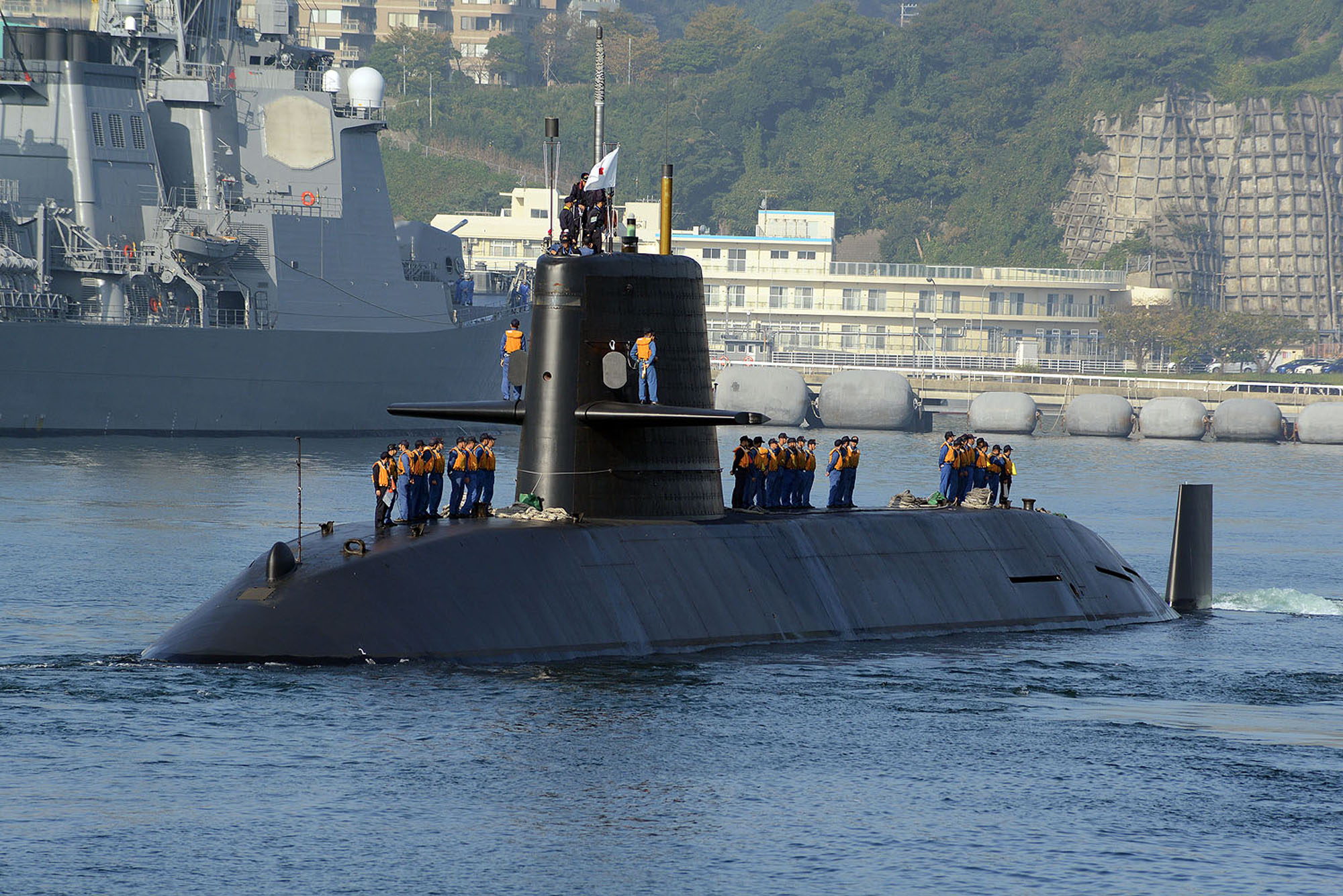 The submarine that made Japanese subs first class (photo: JMSDF)
The submarine that made Japanese subs first class (photo: JMSDF)
While the sonar enabled detection towards multiple directions, newly installed computers efficiently processed the acquired acoustic information. Moreover, automation was introduced to the engineering sections, reducing five crew members compared to the previous class.
The main armament of course is the 533mm torpedoes, launched from the six torpedo tubes and all simultaneously guided, but the submarine can also fire the Harpoon Anti-Ship Missiles and even lay sea-mines, remarkably increasing its offensive capabilities.
Such A Waste To Scrap
Currently, the “Oyashio-class” is in the midst of being replaced by the latest “Taigei-class” submarines with the name ship “Oyashio” being decommissioned in 2023.
As mentioned earlier, these submarines are only 25 years-old at best, and are undoubtedly capable of conducting modern submarine warfare. To say that it is a waste scrapping these still first-class submarines would be an serious understatement.
Other countries, Taiwan and the Philippines in particular, would certainly love to purchase these used-submarines in countering the Chinese Navy, but the self-imposed bans on weapons sales and the risk of exposing military secrets have prevented Japan from doing so.
Submarines are after all, a quintessential example of military secrets and state-of-art technology. Thus, in order to preserve the extremely confidential submarine technology and maintain underwater supremacy, Japan will continue to enjoy the luxury of scrapping 25 year-old submarines each year.


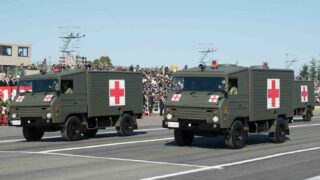
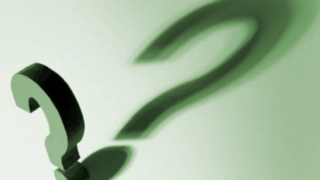
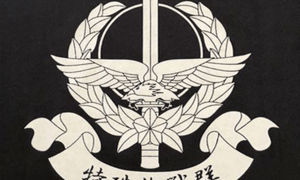
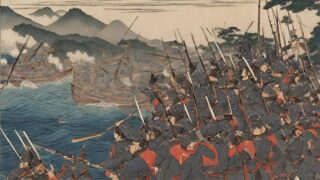
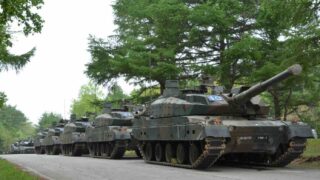
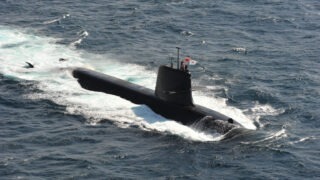
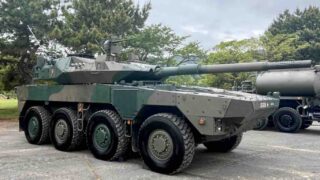
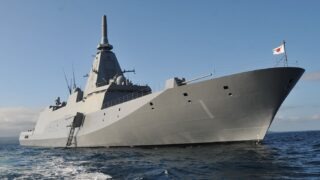
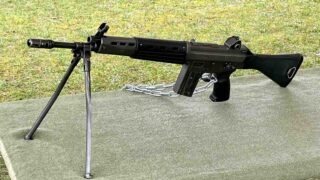
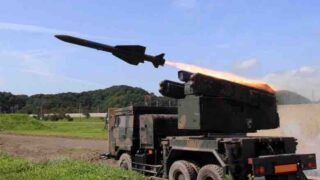
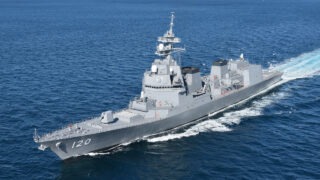
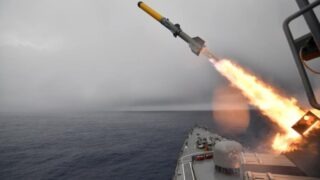
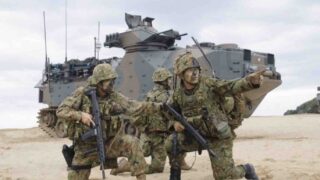
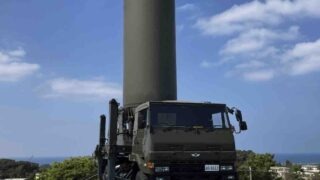
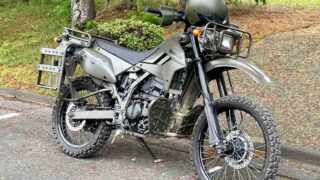
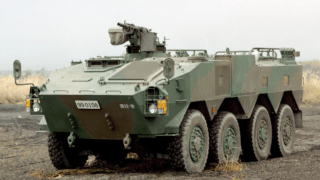
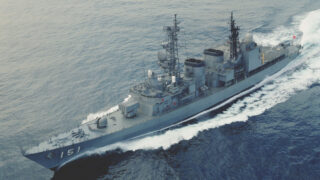

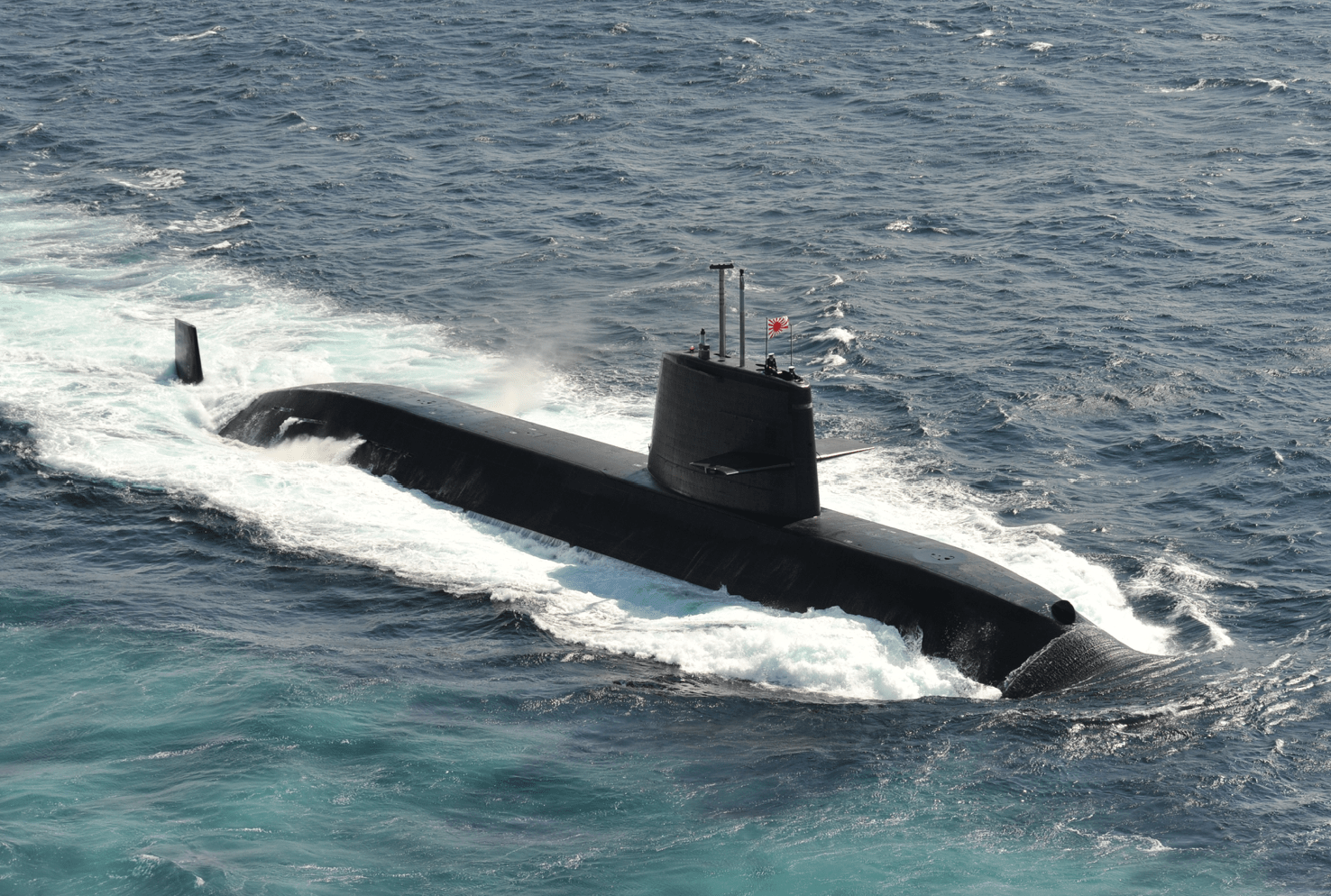
Comments